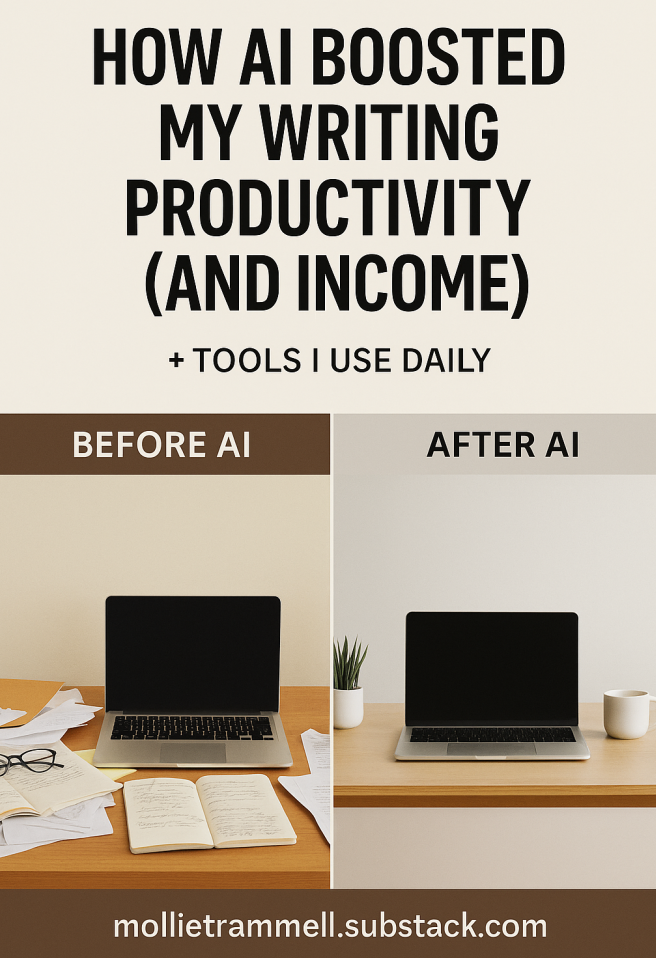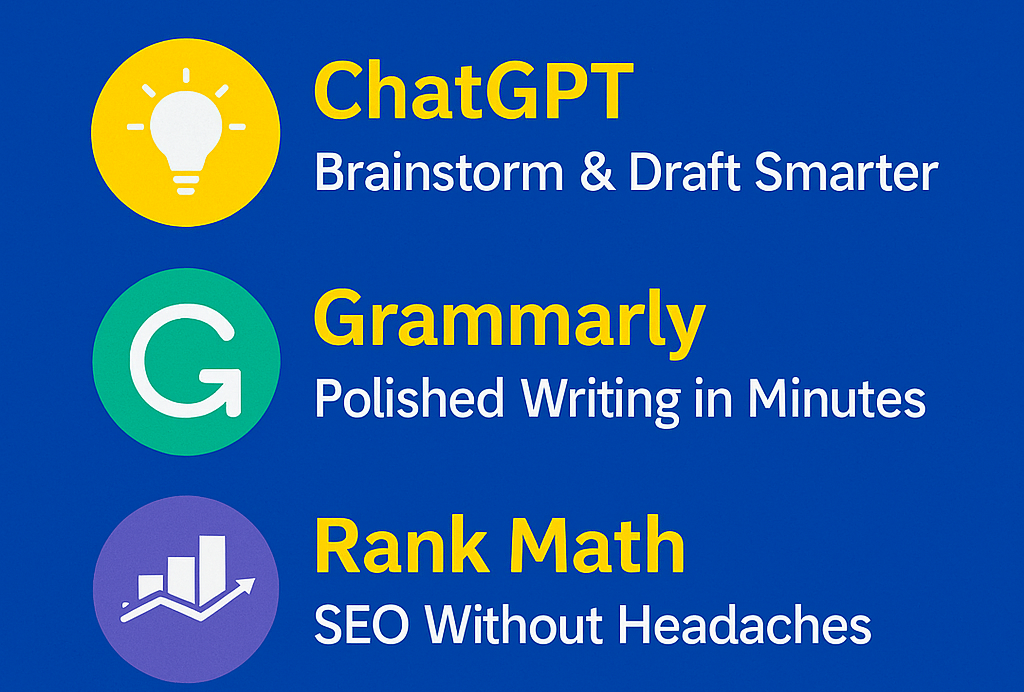📄 Privacy Policy & Disclaimer
Effective Date: October 27, 2024Revised: May 17, 2025Applies to: attract-success.net, plannerbydesign.com, mygenealogybox.com, strikeitrichremotely.com 👋 IntroductionWelcome to Attract Success, Planner by Design, My Genealogy Box, and Strike It Rich Remotely. This Privacy Policy & Disclaimer applies to all websites and associated subdomains owned and operated by Mollie Trammell and Attract Success, LLC. By using any of … Read more







